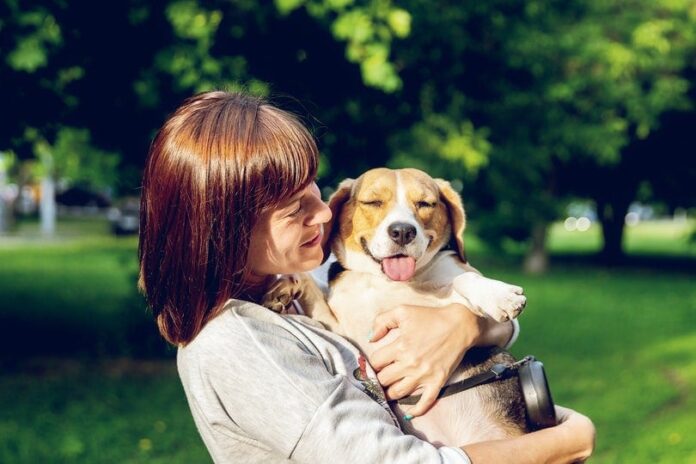Do small dogs like being picked up? The answer isn’t as straightforward as you might think While many small breeds seem to enjoy being carried around like furry royalty, each dog has its own unique preferences and comfort levels when it comes to being lifted off the ground
Understanding Your Small Dog’s Body Language
Small dogs, like their larger counterparts communicate primarily through body language. When it comes to being picked up, paying attention to these signals is crucial
- Tail wagging and relaxed body posture: Generally positive signs
- Growling or showing teeth: Clear signs of discomfort
- Turning away or avoiding contact: Indicates reluctance
- Licking lips or yawning: Could signal stress
Why Some Small Dogs Enjoy Being Carried
Many tiny pups actually love being picked up, and here’s why:
-
Security and Bonding
- Closer physical contact with their human
- Feeling protected in elevated positions
- Enhanced emotional connection
-
Natural Instincts
- Small dogs may feel safer when lifted above potential threats
- Being held mimics den-like security
- Better vantage point for observing surroundings
For more insights about dog behavior and care, check out our comprehensive dog guide.
When Small Dogs Don’t Like Being Picked Up
Not every small dog enjoys being carried. Common reasons include:
- Previous negative experiences
- Lack of proper socialization
- Physical discomfort or health issues
- Natural independence
How to Properly Pick Up Your Small Dog
As discussed on Pet like boss, proper handling technique is super important:
- Always support their chest and hindquarters
- Avoid sudden movements
- Never grab them unexpectedly
- Let them see you coming
Building Trust and Comfort
Creating positive associations with being picked up:
- Use treats and praise
- Start with brief lifting sessions
- Respect their boundaries
- Never force the issue
Health Considerations
Some important health factors to consider:
- Joint problems
- Back issues
- Age-related concerns
- Weight management
Training Tips for Better Handling
-
Start Young
- Early socialization is key
- Gentle handling exercises
- Positive reinforcement
-
Be Consistent
- Use the same lifting technique
- Maintain regular practice
- Keep commands clear
-
Read Their Signals
- Watch for stress signs
- Respect their limits
- Build gradually
Common Mistakes to Avoid
- Sudden grabbing
- Improper support
- Ignoring warning signs
- Forcing interaction
Special Considerations for Different Breeds
Different small breeds may have varying preferences:
- Chihuahuas: Often enjoy being carried
- Yorkshire Terriers: Usually adaptable
- Dachshunds: Need extra spine support
- Pomeranians: Generally comfortable with handling
When to Avoid Picking Up Your Dog
Some situations where picking up isn’t appropriate:
- When they’re eating
- During sleep
- If showing aggression
- When injured
The Role of Early Experiences
A dog’s early life experiences significantly impact their comfort with being picked up:
- Positive handling in puppyhood
- Previous trauma
- Socialization history
- Owner interaction style
Creating a Safe Environment
Making lifting experiences positive:
- Use comfortable carriers
- Provide safe spaces
- Maintain routine
- Offer rewards
Long-term Benefits of Proper Handling
Good picking-up practices lead to:
- Stronger bonds
- Better veterinary visits
- Easier grooming
- Reduced anxiety
Signs Your Dog Enjoys Being Picked Up
Look for these positive indicators:
- Relaxed muscles
- Tail wagging
- Leaning into you
- Seeking attention
Professional Help and Resources
When to seek expert assistance:
- Behavioral issues
- Physical problems
- Training challenges
- Anxiety concerns
Do small dogs like being picked up? While many do, it’s essential to recognize and respect your individual dog’s preferences. Through proper technique, patience, and understanding, you can create a positive experience for both you and your furry friend. Remember that each dog is unique, and what works for one might not work for another.
Remember to always prioritize your dog’s comfort and well-being when handling them. With proper care and attention to their signals, you can build a trusting relationship that makes handling easier and more enjoyable for everyone involved.












